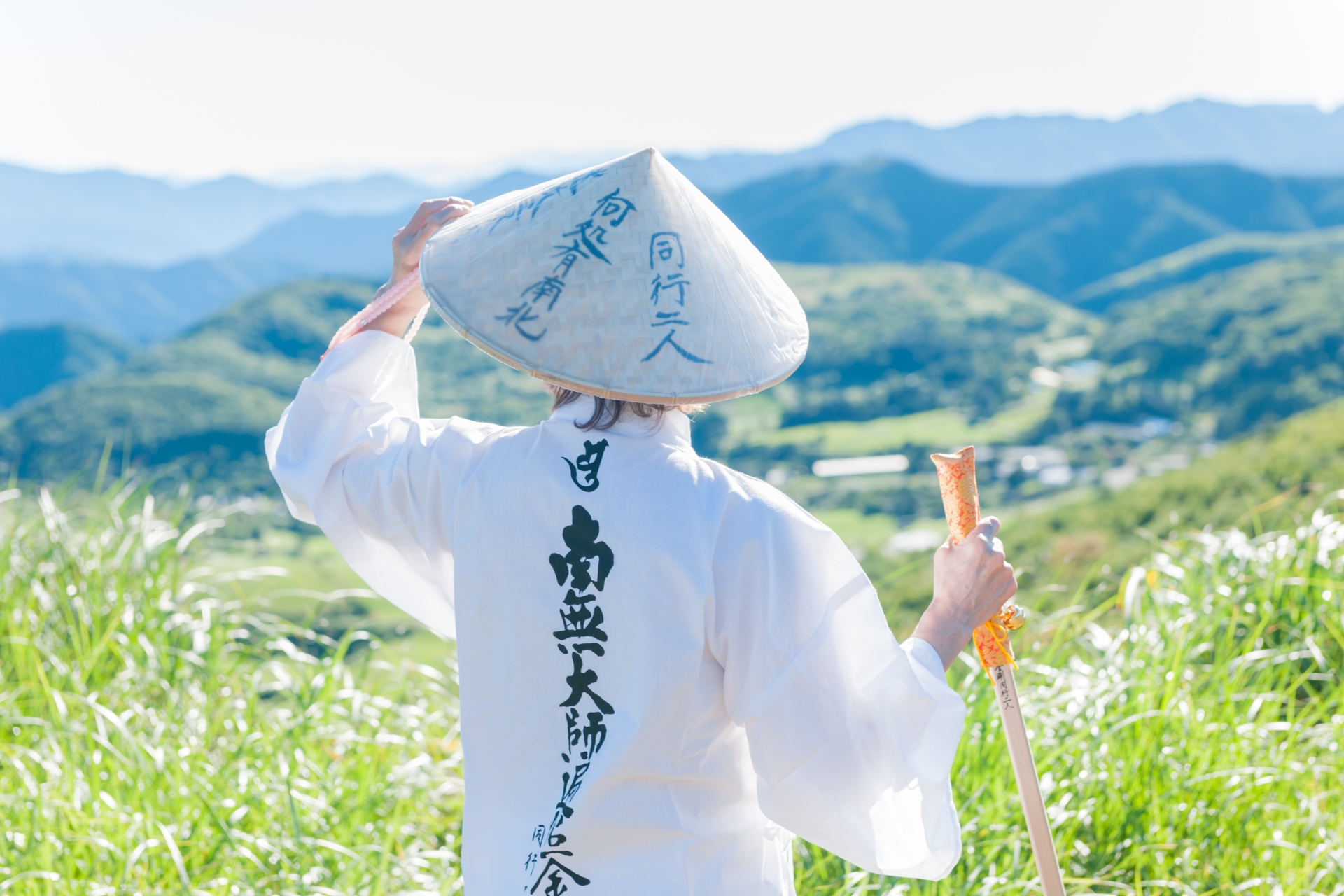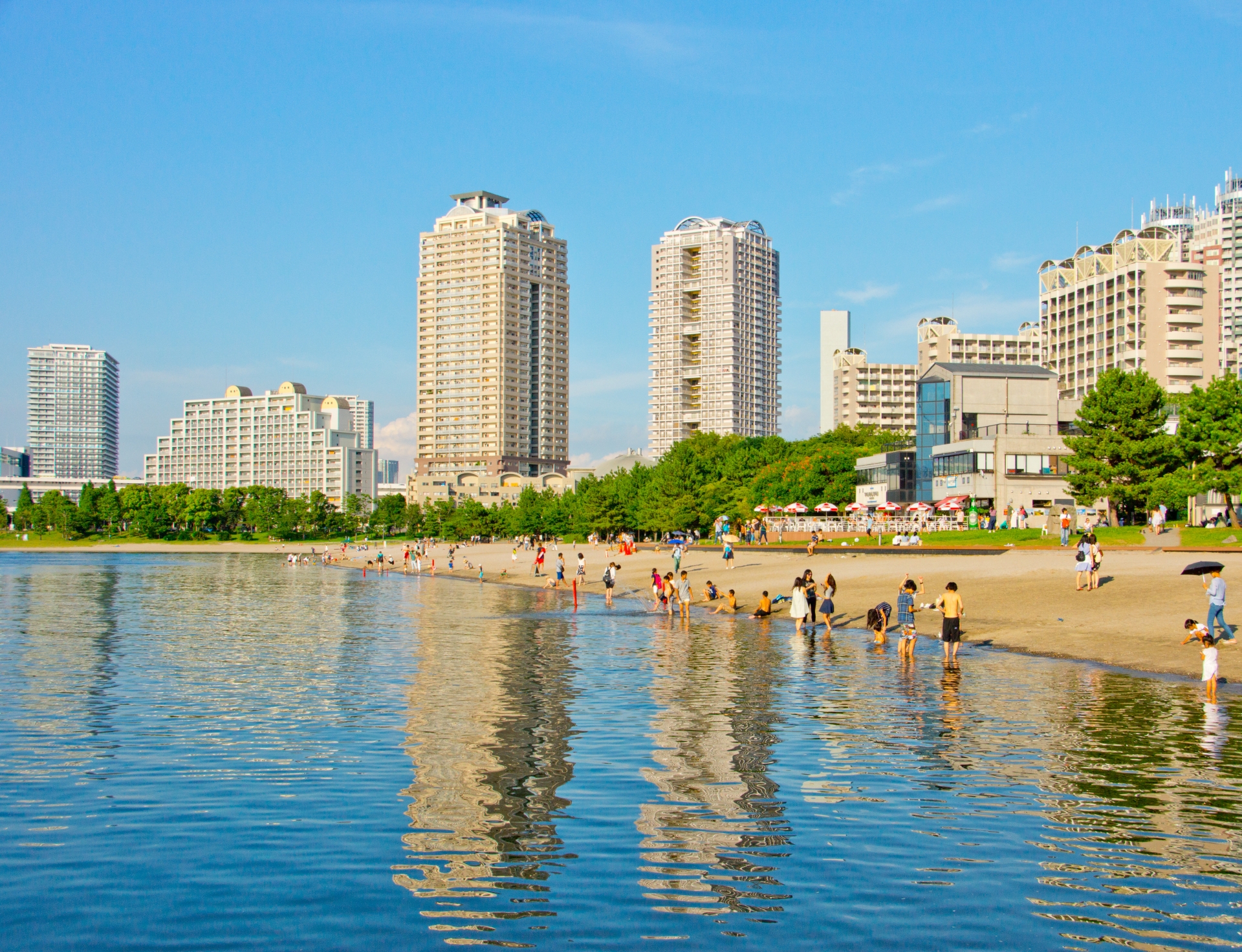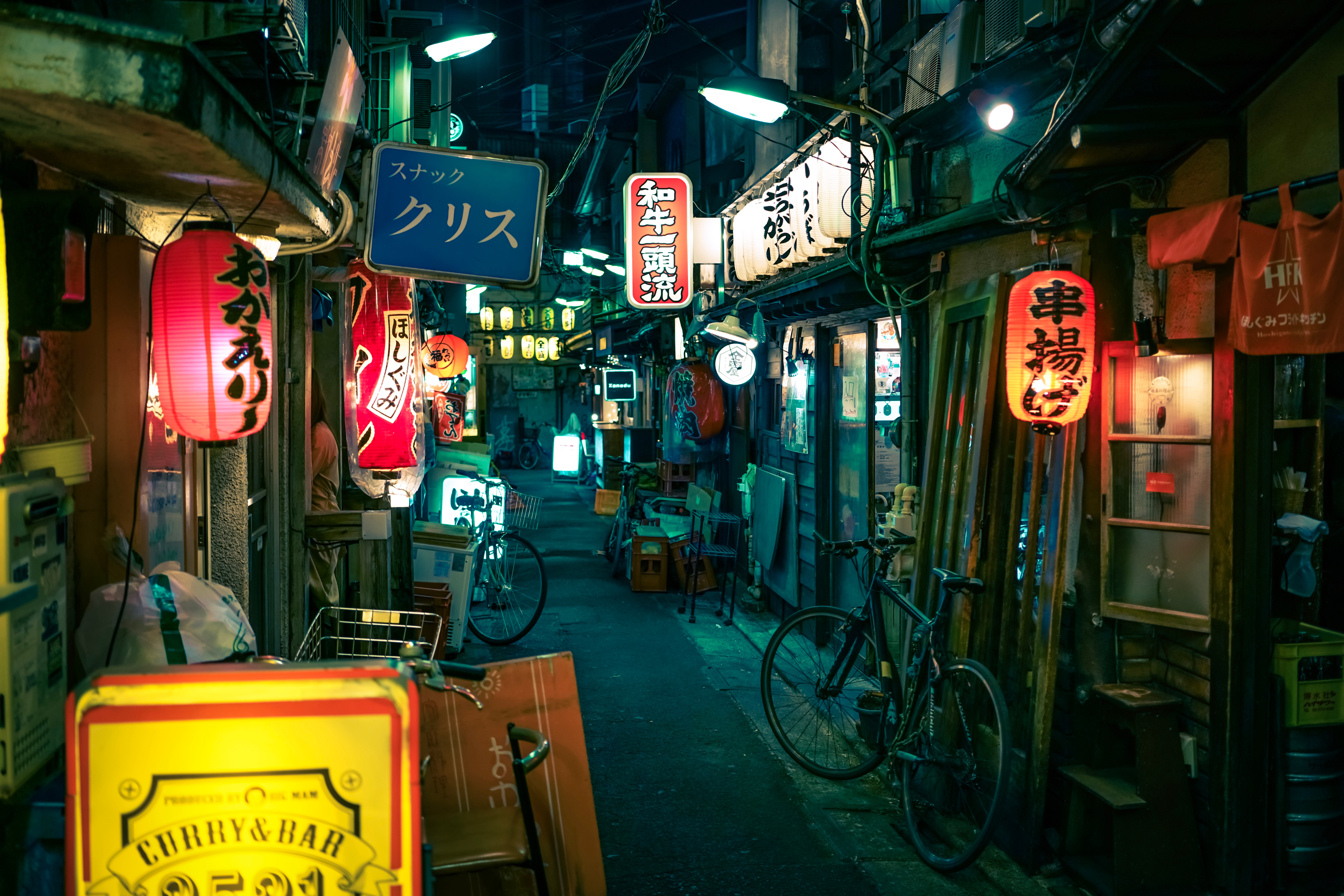Have you ever heard of “ohenro”? It refers to a Buddhist pilgrimage trail that can be found across the Shikoku region in Japan, a scenic region of Japan where you have some unique, traditional experiences. The 1,200-year-old circular trail takes you to a range of scenic spots in nature as well as great historic spots. The trail passes along 88 official temples and numerous other sacred sites along the way where Kobo Daishi is believed to have trainee. Every year hundreds of thousands of pilgrims from Japan and abroad undertake the pilgrimage and follow the ohenro route.
Walking (parts of) the pilgrimage will be a wonderful experience, immersing yourself in the rich nature of the area. It also helps you train yourself physically and mentally through a long journey that generally takes about 40 – 50 days to complete on foot. Even when you don’t have the time or motivation to complete the full trail, it is worth it to consider just walking parts of the beautiful hiking trails. Here is all you need to know about the ohenro or Shikoku 88 Temples Pilgrimage.
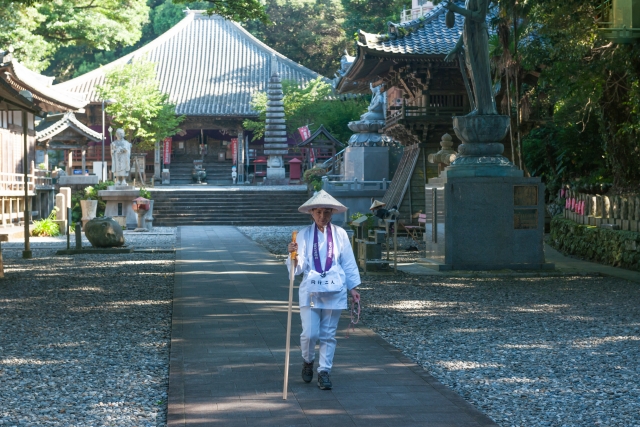
What is “ohenro”?
Ohenro (“お遍路” in Japanese) is an ancient pilgrimage route that stretches across the Shikoku region in Japan. Shikoku can be translated as ‘four countries’ and is known as the smallest island among the four major islands of Japan, and it is accessible by Shinkansen or domestic flights from big cities such as Tokyo and Osaka.
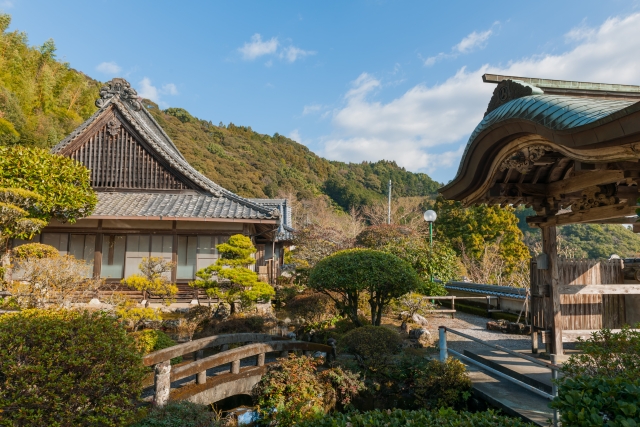
The Shikoku pilgrimage is one of the oldest in the world and the history of ohenro is said to date back to more than 1,000 years ago. The pilgrimage is strongly associated with Kobo Daishi (弘法大師) (also known as Kukai), a notable Buddhist monk in the 9th century. He walked the sacred pilgrimage route, wishing for the peace and security of Japan in the middle of a chaotic period full of civil wars and devastating disasters. Kobo Daishi also founded the famous temple complex in Koyasan. Koyasan is also a popular pilgrimage destination offering some special experiences like meditation sessions with the monks and temple lodging (Shukubo).
88 Temples Shikoku Pilgrimage
The 1,200km route mainly covers coastal areas as well as some mountainous trails across four prefectures that together make up the Shikoku region: Kochi, Ehime, Kagawa and Tokushima. Completing the sacred pilgrimage also allows you to explore 88 Buddhist temples and some other scenic spots that can be found along the way.
| Tokushima (徳島) | Kochi (高知) | Ehime (愛媛) | Kagawa (香川) |
| 1. Ryozanji (霊山寺) | 24. Hotsumisakiji (最御崎寺) | 40. Kanjizaiji (観自在寺) | 66. Umpenji (雲辺寺) |
| 2. Gokurakuji (極楽寺) | 25. Shinshoji (津照寺) | 41. Ryukoji (龍光寺) | 67. Daikoji (大興寺) |
| 3. Konsenji (金泉寺) | 26. Kongochoji (金剛頂寺) | 42. Butsumokuji (佛木寺) | 68. Jinne in (神恵院) |
| 4. Dainichiji (大日寺) | 27. Konomineji (神峯寺) | 43. Meisekiji (明石寺) | 69. Kannonji (観音寺) |
| 5. Jizoji (地蔵寺) | 28. Dainichiji (大日寺) | 44. Daihoji (大寶寺) | 70. Motoyamaji (本山寺) |
| 6. Anrakuji (安楽寺) | 29. Kokubunji (国分寺) | 45. Iwayaji (岩屋寺) | 71. Iyadaniji (弥谷寺) |
| 7. Jurakuji (十楽寺) | 30. Zenrakuji (善楽寺) | 46. Joruriji (浄瑠璃寺) | 72. Mandaraji (曼荼羅寺) |
| 8. Kumadaniji (熊谷寺) | 31. Chikurinji (竹林寺) | 47. Yasakaji (八坂寺) | 73. Shusshakaji (出釈迦寺) |
| 9. Horinji (法輪寺) | 32. Zenjibuji (禅師峰寺) | 48. Sairinji (西林寺) | 74. Koyamaji (甲山寺) |
| 10. Kirihataji (切幡寺) | 33. Sekkeiji (雪渓寺) | 49. Jodoji (浄土寺) | 75. Zentsuji (善通寺) |
| 11. Fujiidera (藤井寺) | 34. Tanemaji (種間寺) | 50. Hantaji (繁多寺) | 76. Konzoji (金倉寺) |
| 12. Shosanji (焼山寺) | 35. Kiyotakiji (清滝寺) | 51. Ishiteji (石手寺) | 77. Doryuji (道隆寺) |
| 13. Dainichiji (大日寺) | 36, Shoryuji (青龍寺) | 52. Taisanji (太山寺) | 78. Goshoji (郷照寺) |
| 14. Jorakuji (常楽寺) | 37. Iwamotoji (岩本寺) | 53. Enmyoji (圓明寺) | 79. Tennoji (天皇寺) |
| 15. Kokubunji (国分寺) | 38. Kongofukuji (金剛福寺) | 54. Enmeiji (延命寺) | 80. Kokubunji (國分寺) |
| 16. Kannonji (観音寺) | 39. Enkoji (延光寺) | 55. Nankobo (南光坊) | 81. Shiromineji (白峯寺) |
| 17. Idoji (井戸寺) | 56. Taisanji (泰山寺) | 82. Negoroji (根香寺) | |
| 18. Onzanji (恩山寺) | 57. Eifukuji (栄福寺) | 83. Ichinomiyaji (一宮寺) | |
| 19. Tatsueji (立江寺) | 58. Senyuji (仙遊寺) | 84. Yashimaji (屋島寺) | |
| 20. Kakurinji (鶴林寺) | 59. Kokubunji (国分寺) | 85. Yakuriji (八栗寺) | |
| 21. Teiryuji (太龍寺) | 60. Yokomineji (横峰寺) | 86. Shidoji (志度寺) | |
| 22. Byodoji (平等寺) | 61. Kouonji (香園寺) | 87. Nagaoji (長尾寺) | |
| 23. Yakuoji (薬王寺) | 62. Hojuji (宝寿寺) | 88. Okuboji (大窪寺) | |
| 63. Kichijoji (吉祥寺) | |||
| 64. Maegamiji (前神寺) | |||
| 65. Sankakuji (三角寺) |
Now, if you are determined to start your ohenro trip, there are several options to choose from; there are as many ways to experience ohenro as there are temples to visit and there is no right or wrong way to complete the ohenru pilgrimage. It is also a popular option to walk just a short section of the 1,200-kilometer route, or finish the complete pilgrimage in several takes.
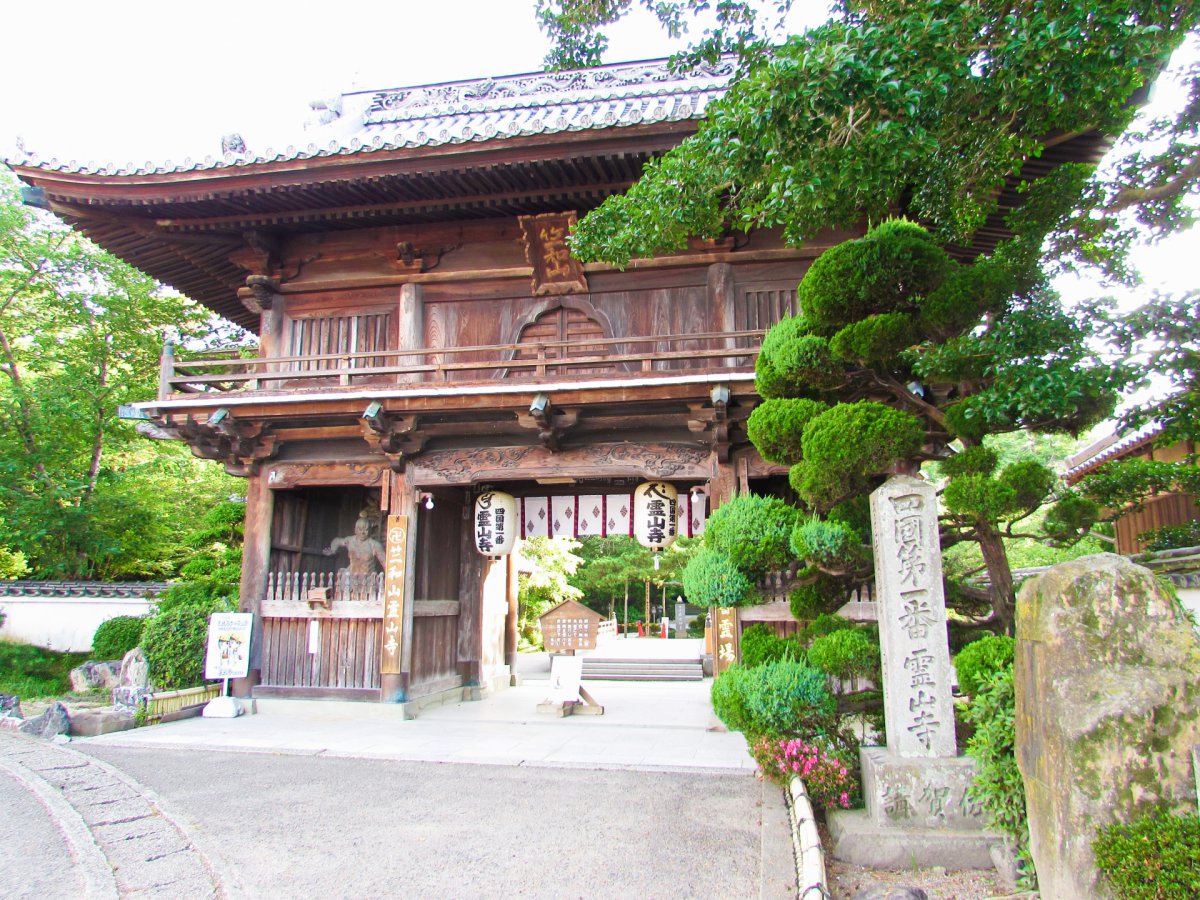
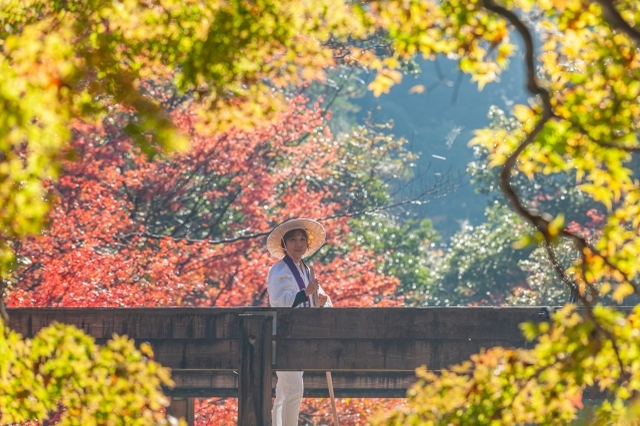
How to do the Shikoku pilgrimage
Originally the pilgrimage is done by foot, but because of time constraints many people opt to complete the pilgrimage by bicycle, car, public transport or a combination of these options. We’ll discuss some of the options you have and their pro’s and con’s.
1. Walk the 88 temple pilgrimage
If you are planning a long holiday and will stay in Japan for more than 1 month, it is definitely worth trying to walk the ohenro tour! In general, it takes 6 weeks to complete the entire ohenro route by foot, though it may vary among individuals depending on their physical strength and hiking experience. There are numerous restaurants serving locals specialties and traditional Japanese-style inns located along the way.
Walking through the ohenro route will bring you a sense of accomplishment that you will never accomplish if you choose other options. It will be an unforgettable experience that you will not forget throughout your lifetime. However, prepare yourself well and understand the risks and difficulties that you might face along the way. Make sure to read into the pilgrimage so you’ll know what to expect and plan ahead.
Pros
・Brings you a memorable walking experience filled with a sense of accomplishment
・Perfect option if you want to enjoy the incredible nature and scenery along the way
Cons
・It takes a long time to complete the entire route, about 40 – 50 days
・Both physical and mental strengths are essential
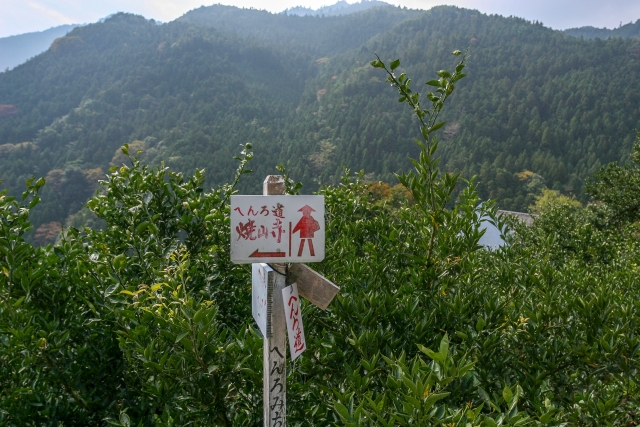
2. Rent a car
The most popular way nowadays is to rent a car and drive the entire route, which allows you to visit the 88 temples easily in a short period of time. It is a perfect option for those who are planning to spend a short time in the Shikoku region. You can rent a car and drive the route at your own pace, which makes it easy for you to plan a schedule flexibly and visit other points of interest along the main pilgrimage route.
Pros
・Can visit 88 temples smoothly even on a short schedule
・No need to worry about the weather in mountainous areas
Cons
・Need to consider extra costs for rental fee and gas for car
・Could be uncomfortable to drive narrow mountainous roads
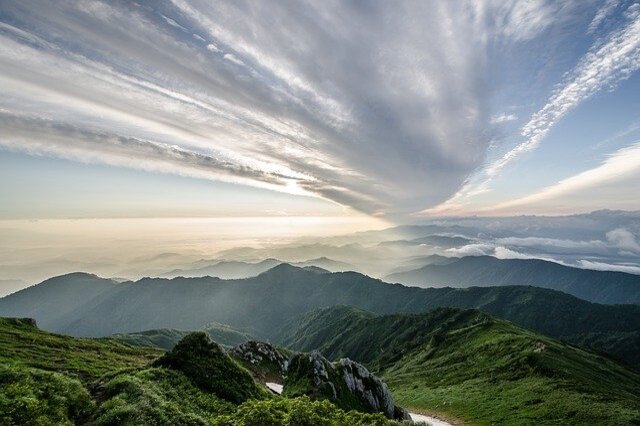
3. Bus tour/ taxi tour
If this is your first time to visit Shikoku and the two options above seem too challenging, it is also possible to join bus tours offered by some travel agencies. It enables you to explore the ohenro route easily based on a reliable schedule made by professional staff. Some tours include transportation services from major cities such as Tokyo and Osaka as well as informative guides which help you understand the history of each historic spot.
Pros
・Perfect option for those who have little knowledge on ohenro
・Can explore the highlights along the ohenro way based on a schedule offered by agency
Cons
・Need to follow the schedule and can’t decide where to visit on your own
・May be cancelled or postponed in case of unexpected situations
What to bring for the Shikoku pilgrimage
While you can choose to start anywhere along the route, most people start at Ryozenji Temple, the temple that is also marked as number 1, and continue clockwise. Ryozenji is easily accessible and is a great starting point because they sell white robes called hakui or hakue (白衣), walking sticks and a detailed English-language route guide to get you started. Another item that can be purchased as the Ryozenji Temple is the nokyocho (納経帳), a book in which to collect stamps from each temple along the ohenro. In addition to the hakui and a nokyocho, most pilgrims will carry a wooden staff called a kongozue (金剛杖)and wear a hat called sugegasa (菅笠) that will protect them against the sun and rain. Together, these items identify you as a pilgrim and you will experience the utmost kindness from local people along the way supporting you as a pilgrim. This tradition in Shokoku is known as o-settai; alms or gift giving as an act of virtue.
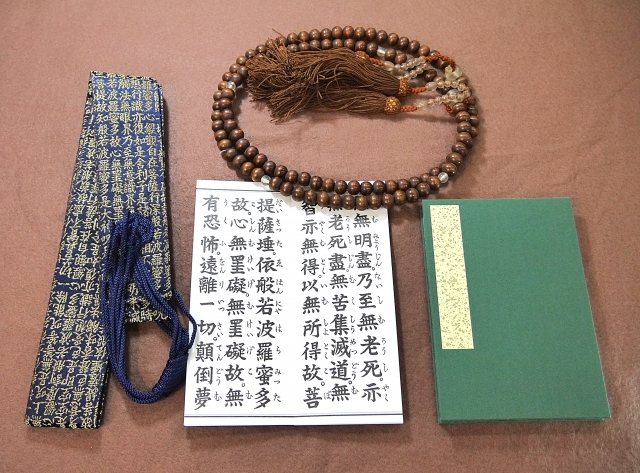
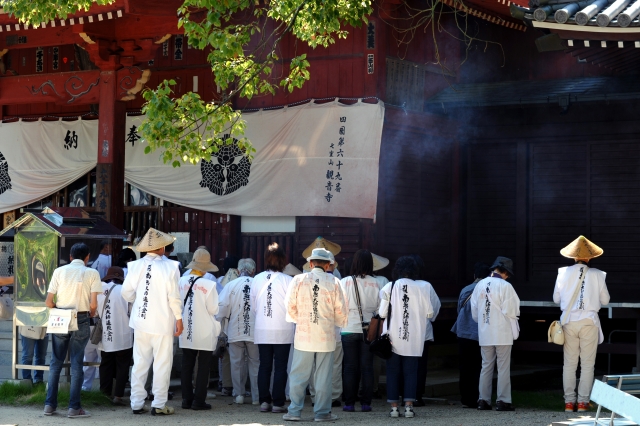
The best time to start
In terms of best timing, most people undertake the pilgrimage between the end of March and May or in October. However, because of Shikoku’s mild climate, the hike can be done throughout the year.
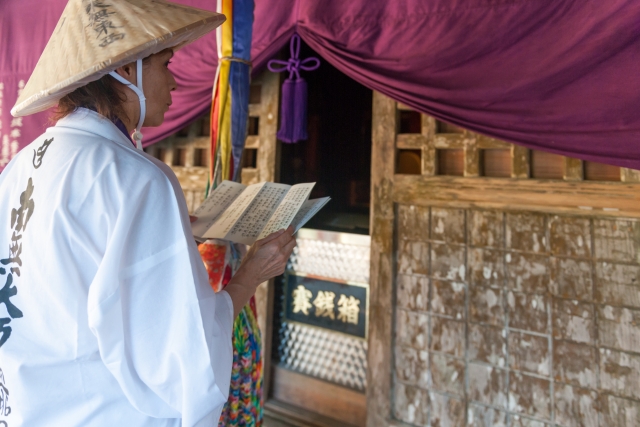
One day course for ohenro beginners! (Shikoku Mini Reiba)
If you want to try the ohenro experience but don’t feel like walking the complete 1,200 km, visit Shikoku Mini Reiba. It refers to unique spots that can be found in some regions around Japan. They boast small shrines with Buddhist statues representing the 88 temples along the ohenro route. It is believed that visiting them will bring visitors the same quality of good luck equivalent to what you can expect by visiting the real ohenro pilgrimage. Some places also feature sand collected from the 88 temples grounds, which enables you to feel the sacred atmosphere of each temple more directly!

Japan Wonder Travel Tours
If you need some help to organize your trip to Shikoku or in general to Japan, we’re happy to help. Contact us for the best travel tips and making arrangements. Or check out our private tours with a local English speaking guide. We’re here to help you make your trip to Japan a safe, comfortable, and unforgettable memory! An example of our tours
- Tokyo Fish Market Tour @Tsukiji
Join us for a visit to Tsukiji, the lively fish market in Tokyo packed with great restaurants offering high-quality seafood and refreshing drinks. - Hiroshima Tour
Visit the city of Hiroshima and the beautiful Miyajima, two must-visit spots of Japan.
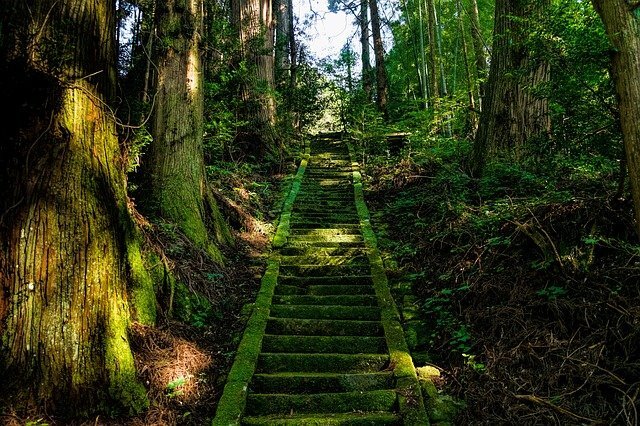
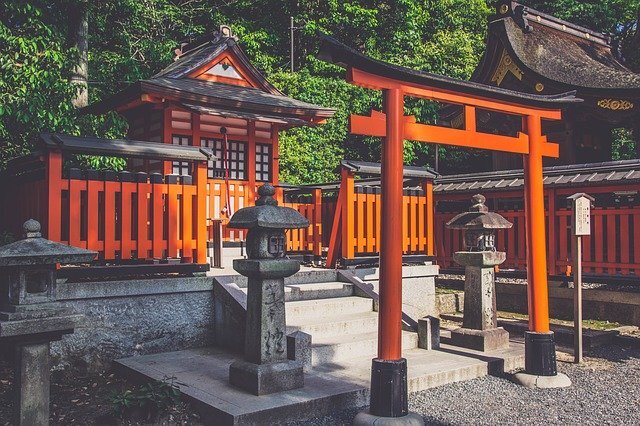
Following the footsteps of Kobo Daishi and completed the the 1,200 kilometer of the ohenro or Shikoku 88 Temples Pilgrimage will be a spiritual journey and a great experience for everyone. In spite of the historical background associated with Buddhism, walking (parts of) the ohenro is an amazing experience. There are no specific rules on how to complete the ohenro route, merely guidelines for you to enjoy. It might seem too much of a challenge to complete the entire route, but when planned well and according to you wishes, it will be very rewarding. Going on this journey offers great opportunities to explore the beautiful, largely undiscovered Shikoku region. You will experience the kindness of the locals of Shikoku and discover some amazing hidden aspects of Japan and the Japanese culture that you never be able to find in big cities.
Follow us on Instagram, Facebook or Twitter for more travel inspiration. Or tag us to get featured!
Happy travelling!
Articles you might also like
This post may contain some affiliate links. When you click through and make a purchase we may receive some commission, at no extra costs to you
